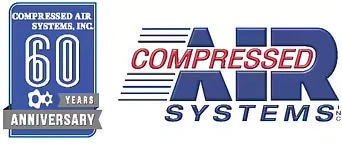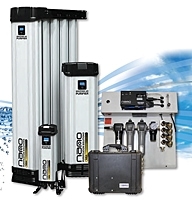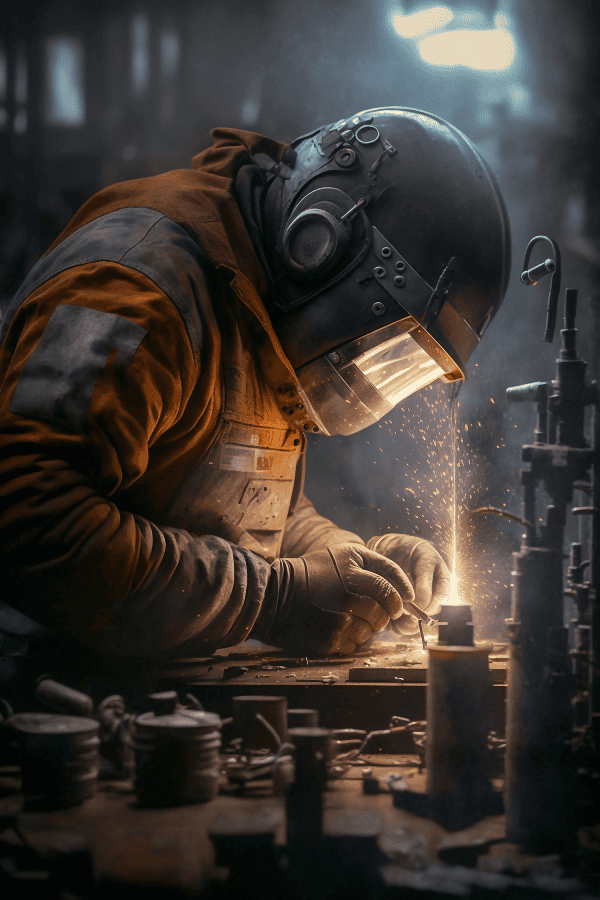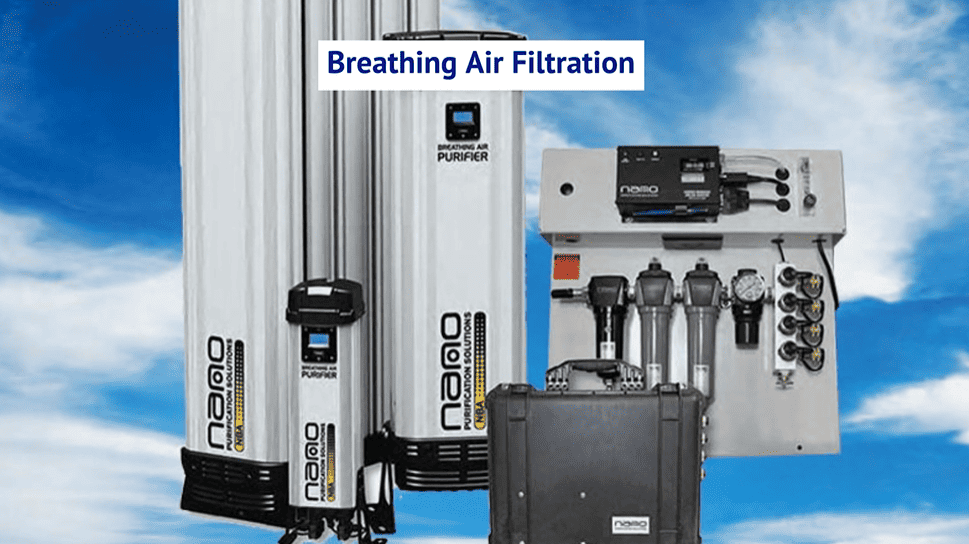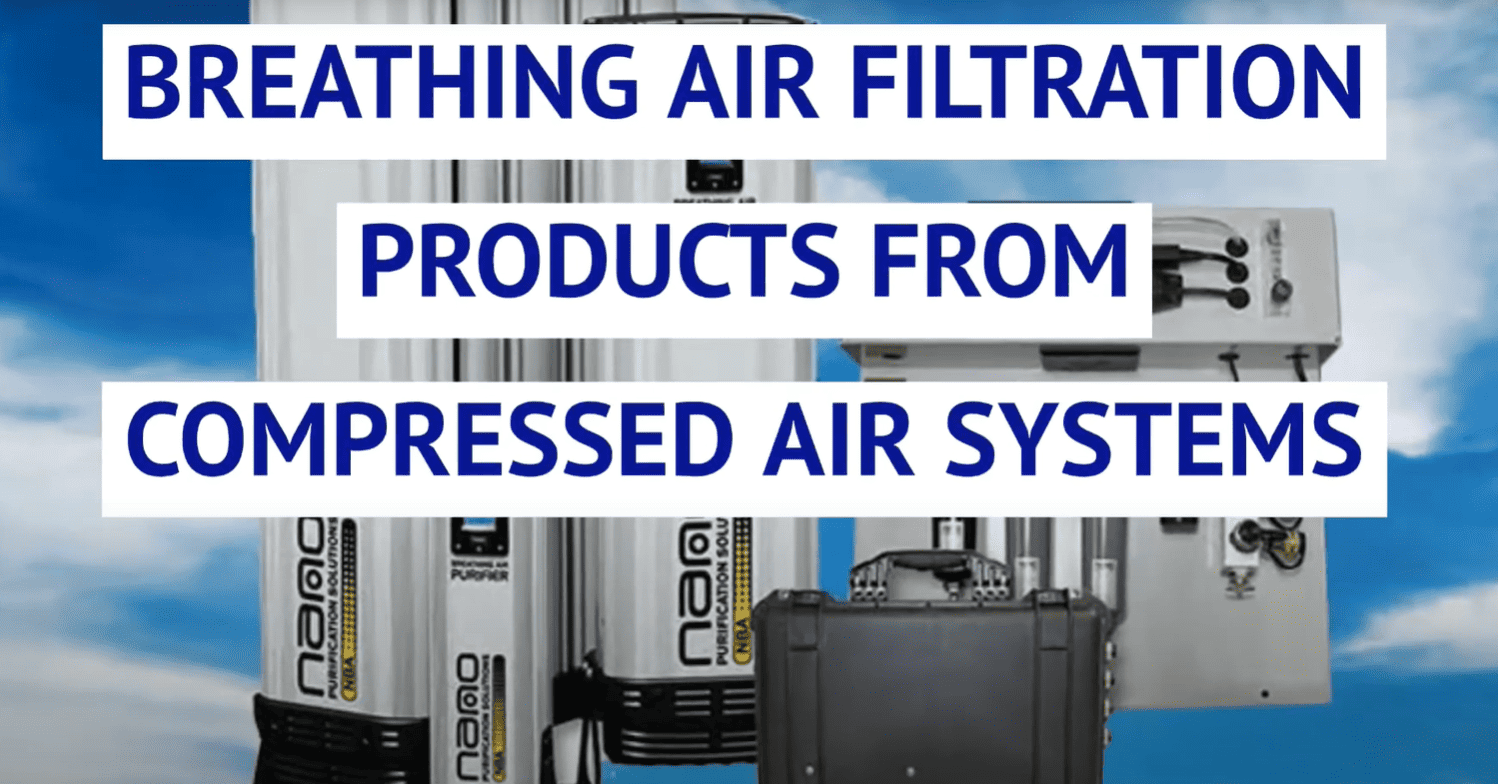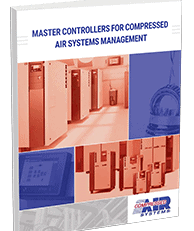Breathing Air Filtration
In industrial and commercial facilities, air filters play a critical role in the equipment employed, such as compressor systems. These filtration devices help ensure the system performs as intended and maintain the quality and safety of the breathing air by reducing the number of contaminants, allergens, and particles circulating throughout the system.
High-quality, well-maintained air filters are particularly important in industrial environments with high particulate concentrations as they protect employees from breathing in potentially harmful air pollutants. Despite their simplicity, choosing the right filter for your compressor system can make all the difference in terms of performance and overall air quality.
How Do Breathing Air Filters Work?
In industrial worksites with a high risk of hazardous solid, liquid, and/or gas inhalation, supplied-air respirators are employed for the protection of employees. These low-pressure devices are designed and constructed to provide a reliable and consistent source of breathing-quality air. As per Occupational Safety and Health Administration (OSHA) requirements, they must have regularly calibrated carbon monoxide (CO) monitors and properly maintained filters to ensure the air flowing to workers is free from harmful contaminants.
These filters differ from other filters in that they remove pollutants and particulates in multiple stages. Typical filtration operations may proceed as follows:
- A coalescing filter removes liquid oil droplets from the air stream down to 0.01 ppm
- A catalytic converter converts any CO present into CO2
- An activated carbon (e.g., charcoal) filter removes aerosolized oils and/or hydrocarbons from the air stream to improve taste and smell
- A final filter removes any remaining solid particulates from the gas stream
Benefits of Breathing Air Filtration
An ideal breathing air filtration system should remove most particles from the air while protecting product integrity. Here are the key benefits of air filtration systems in industrial and commercial worksites:
- Improved Equipment Performance: If a filter collects the majority of industrial dust or smoke particles, there will be fewer particles to block filters on equipment. This improves machinery functionality while minimizing maintenance costs and downtime.
- Enhanced Workplace Health and Safety: By filtering out potentially harmful particles and airborne diseases, you can support worker health and safety.
- Better Employee Retention: Employees feel safer and more valued in a clean, safe workplace, so breathing air filters can also help you with employee retention. As a result, you save on hiring and training costs.
- Higher Productivity: Less equipment downtime and better worker health lead to fewer sick days and workplace injuries. Thus, filtration systems in the facility will drive your employees to be more productive.
- Ensures Regulatory Compliance: Many workplaces are mandated by government and industry regulations to have certain filtration systems in place. Having the right breathing air filtration in your facility will help you comply with these key requirements.
- Reduced Costs: Breathing air filters have a positive ripple effect throughout your organization. Reduced downtime, maintenance, and employee turnover mean that you can reduce overall costs over the long term.
Considerations When Choosing a Breathing Air Filter
Breathing air filters are available in numerous variations, each of which is suitable for reducing specific air contaminants with set efficiency levels. When selecting an air filter for your system, there are several considerations to keep in mind, including:
- Breathing air requirements. While national regulatory bodies, such as OSHA and CSA, outline general air quality requirements for the protection of workers, individual industries may also impose their own requirements and restrictions regarding breathing air quality. The specifications vary depending on the typical materials handled and operations performed. As such, it is important to be aware of the standards held by your particular industry.
- Presence of CO and other toxic gases. Carbon monoxide is an extremely toxic byproduct of combustion. Compressors exposed to air with this gas present are guaranteed to send it downstream to workers if it is not properly filtered out. For this reason, compressors employed in environments with high levels of CO and other toxic gases are fitted with specialized units—i.e., catalytic converters—that turn the compounds into less hazardous materials. For example, CO converts into CO2. Fortunately, the majority of industrial applications do not have significantly high levels of toxic gases. As such, filtration units without catalytic converters are a viable option for most use cases.
- Portability. Portable equipment is essential for off-site and remote operations. This statement is applicable even to supplied-air systems. When choosing a “portable” breathing air filter, ensure that you can carry it to the job site.
Grade D and E Breathing Air Filters
The American National Standards Institute (ANSI) originally outlined the standards for breathing air. Later on, OSHA adopted and enforced them. For compressed breathing air, the applicable standards are Grade D and Grade E. Table 1 below outlines some of the standards’ requirements and specifications.
Table 1 — Grade D and Grade E Breathing Air Standards (in the United States)
| Grade D | Grade E | |
| Detectable Odor | None | None |
| CO Content | ≤10 ppm | ≤10 ppm |
| CO2 Content | ≤1000 ppm | ≤1000 ppm |
| Oxygen Content | 19.5–23.5% | 20–22% |
| Hydrocarbon Content | (condensed oil) ≤5 mg/m3 of air | (total volatile) ≤25 ppm |
| Water Content | For high-pressure air: minimum dew point of -50° F at 14.7psi For low-pressure air: minimum dew point of 10° F at 14.7psi |
For high-pressure air: minimum dew point of -50° F and maximum water vapor content of 67 ppm |
| Applications |
|
|
At Compressed Air Systems, we offer air filters and air filtration accessories to help your air compressor systems meet or exceed Grade D and E breathing air standards, as needed. Our selection of filtration product offerings includes the following:
- Coalescing, fine coalescing, and particulate air filters
- Oil filters
- Desiccant, membrane, and refrigerated air dryers
- CO monitors with alarms
These high-quality filtration and monitoring devices help measure and mitigate contaminants—including carbon monoxide, hydrocarbons, and water—to within safe levels. Choosing the right combinations of air filters and air quality monitoring systems ensures:
- Higher air quality levels for your facility’s occupants
- Lower contaminants levels within your facility’s compressor system
Breathing Air Filters for Compressors From Compressed Air Systems (CAS)
Air filters pull air contaminants, such as industrial particulates and allergens, out of the air before they recirculate within the system and facility. This process improves air quality, makes it easier, safer, and more comfortable for people within the building to breathe, and enhances the performance of the system. Due to its critical function, choosing the right air filter for a system—e.g. a compressor system—and environment is important.
At Compressed Air Systems, our expert team can help you select the right filters for your air compressor and facility. Equipped with over 60 years of experience selling, servicing, and renting pneumatic tools and equipment, we have the know-how to provide you with a quality solution that is cost-effective and easy to manage.
For more information on our breathing air products and services, contact us today. You can also browse our online catalog or request a quote to start replacing your facility’s air filters immediately.




